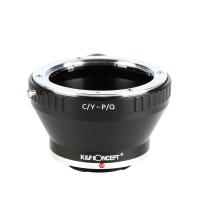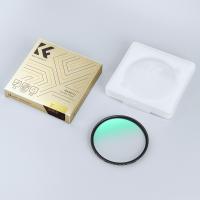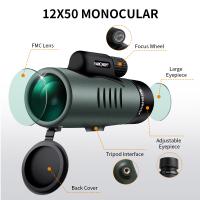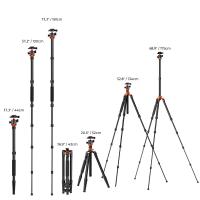What Is A Dark Field Microscope?
A dark field microscope is a type of microscope that uses oblique illumination to enhance the contrast of transparent specimens. This technique causes the specimen to appear bright against a dark background, making it particularly useful for observing live and unstained samples such as bacteria, algae, and other small organisms. The dark field illumination method is achieved by using a special condenser that blocks the central light rays, allowing only the oblique rays to reach the specimen. This creates the characteristic dark background and enhances the visibility of the specimen details. Dark field microscopy is commonly used in microbiology, cell biology, and other fields where high contrast imaging of transparent specimens is required.
1、 Principle of Operation

A dark field microscope is a specialized type of optical microscope that is designed to enhance the contrast of transparent specimens that are practically invisible in a bright field microscope. In a dark field microscope, the specimen is illuminated with a hollow cone of light, and only the light scattered by the specimen enters the objective lens. This creates a bright image of the specimen against a dark background, making it easier to observe fine details and structures that may be difficult to see using other microscopy techniques.
The principle of operation of a dark field microscope is based on the interaction of light with the specimen. When light strikes the specimen, it is scattered in all directions, and only the scattered light enters the objective lens, creating the characteristic bright image on a dark background. This technique is particularly useful for observing live and unstained biological specimens, such as bacteria, algae, and other microorganisms, as well as for examining thin tissue sections and other translucent samples.
From the latest point of view, dark field microscopy has found applications in various fields including biomedical research, materials science, and nanotechnology. It has been used to study the behavior of living cells, the structure of nanoparticles, and the properties of thin films and coatings. Additionally, advancements in digital imaging and image processing have further enhanced the capabilities of dark field microscopy, allowing for more detailed and accurate analysis of specimens. Overall, the dark field microscope continues to be a valuable tool for researchers and scientists seeking to explore the microscopic world with enhanced contrast and clarity.
2、 Applications

A dark field microscope is a specialized type of microscope that is designed to enhance the contrast of transparent specimens that are practically invisible under a bright field microscope. In a dark field microscope, the specimen is illuminated with a hollow cone of light, and only the light that is scattered by the specimen enters the objective lens. This creates a bright image of the specimen against a dark background, making it easier to observe fine details and structures that may be difficult to see with other types of microscopes.
Applications:
Dark field microscopes are commonly used in various scientific and medical fields for a wide range of applications. In biological research, dark field microscopy is used to observe live and unstained specimens such as bacteria, algae, and other microorganisms. It is also used in the study of blood cells, where it can reveal details that are not easily visible with other microscopy techniques. In the field of material science, dark field microscopy is used to examine the surface features and defects of materials such as metals, ceramics, and polymers.
The latest point of view:
In recent years, dark field microscopy has gained attention in the field of nanotechnology and nanoscience. It has been used to study nanoparticles, nanomaterials, and nanostructures, providing valuable insights into their properties and behavior. Additionally, dark field microscopy has found applications in the field of nanomedicine, where it is used to visualize and characterize nanoscale drug delivery systems and nanotherapeutics. This has opened up new possibilities for understanding and developing advanced nanoscale technologies for medical applications.
In conclusion, dark field microscopy is a powerful tool with diverse applications in various scientific and medical fields, and its latest applications in nanotechnology and nanomedicine are expanding its potential for cutting-edge research and development.
3、 Advantages and Disadvantages
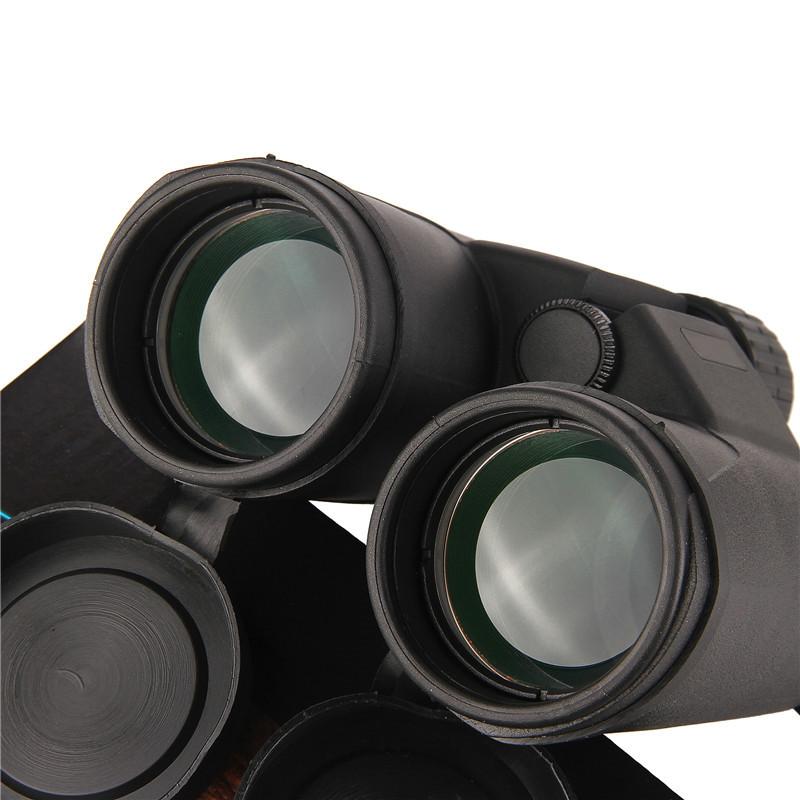
A dark field microscope is a specialized type of microscope that uses oblique lighting to enhance the contrast of transparent specimens. This technique causes the specimen to appear bright against a dark background, making it particularly useful for observing live and unstained samples such as bacteria, algae, and blood cells.
Advantages of a dark field microscope include its ability to reveal fine details and structures that may not be visible with other types of microscopy. It also allows for the observation of living organisms in their natural state without the need for staining, which can alter their behavior or morphology. Additionally, dark field microscopy can be used to detect very small particles or objects that are difficult to see with other techniques.
Disadvantages of dark field microscopy include the potential for artifacts and glare, which can sometimes make it challenging to interpret the images. Additionally, the technique requires a specialized setup and careful adjustment of the lighting, which may be more complex than with other types of microscopy. Furthermore, dark field microscopes may have limited applications for certain types of samples or specimens, and they may not be suitable for all research or diagnostic purposes.
From a modern perspective, the latest advancements in dark field microscopy technology have improved image quality and reduced the potential for artifacts and glare. Additionally, the development of digital imaging and analysis tools has enhanced the capabilities of dark field microscopy for research and diagnostic applications. However, the specialized nature of dark field microscopy still requires careful consideration of its advantages and disadvantages for specific scientific or clinical needs.
4、 Comparison with Other Microscopes
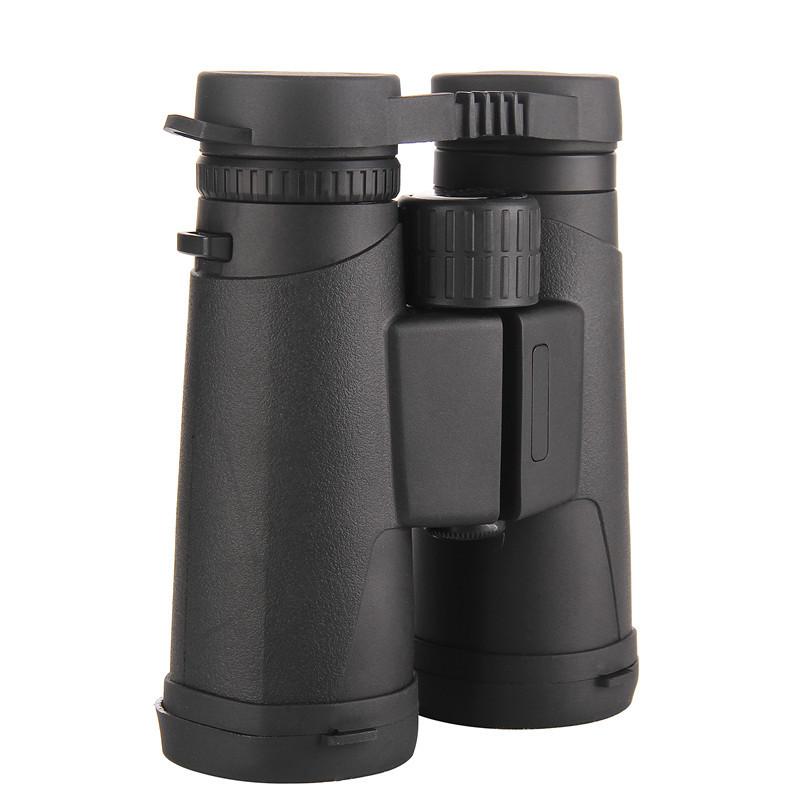
A dark field microscope is a specialized type of optical microscope that is designed to enhance the contrast of transparent specimens that are difficult to see using traditional bright field microscopy. In a dark field microscope, the specimen is illuminated with a hollow cone of light, and only the light that is scattered by the specimen enters the objective lens. This creates a bright image of the specimen against a dark background, making it easier to observe fine details and structures that may be otherwise invisible.
Comparison with Other Microscopes:
When compared to other types of microscopes, such as bright field and phase contrast microscopes, dark field microscopes offer several advantages. One of the main advantages is the ability to observe live and unstained specimens in their natural state, without the need for chemical fixation or staining. This makes dark field microscopy particularly useful for studying living cells and microorganisms. Additionally, dark field microscopy can provide high contrast images of specimens with low inherent contrast, such as bacteria, yeast, and other small organisms.
The latest point of view on dark field microscopy emphasizes its applications in biomedical research, particularly in the study of infectious diseases and cellular dynamics. Dark field microscopy has been instrumental in visualizing the behavior of pathogens, such as bacteria and viruses, in real time, leading to a better understanding of their mechanisms of infection and potential targets for therapeutic intervention. Furthermore, advancements in digital imaging and image processing have enhanced the capabilities of dark field microscopy, allowing for high-resolution, quantitative analysis of biological samples.
In summary, a dark field microscope is a valuable tool for studying transparent specimens and has unique advantages in observing live, unstained samples. Its applications in biomedical research continue to expand, making it an essential instrument for studying dynamic biological processes.




















